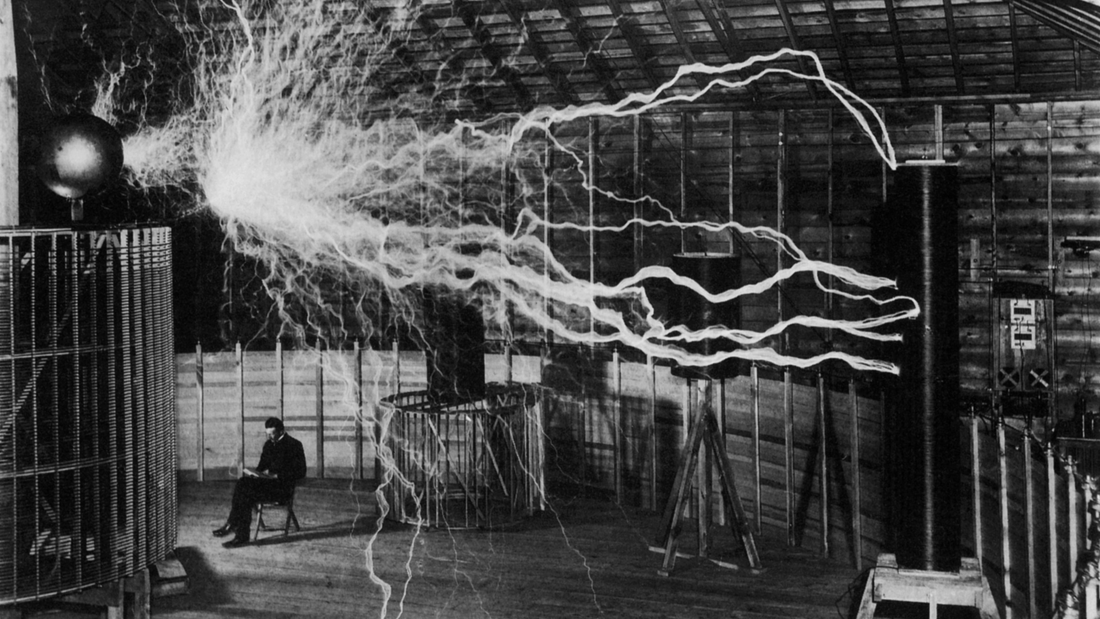
Enhancing the Management of Crystal Vibrations | Science News
Share
The atomic vibrations within a crystal can spread to nearby atoms, causing a wave-like movement of vibrations throughout the crystal. The manner in which these vibrations travel through the crystal's structure determines key properties of the material. For instance, these vibrations influence the material's ability to conduct heat and electricity, as well as its interaction with light.
Recent research has revealed that by replacing a small portion of atoms in a material with atoms of a different element, scientists can manipulate the speed and frequencies of these vibrations. This study, featured in Applied Physics Letters by AIP Publishing, offers a potentially more straightforward and cost-effective method for adjusting a material's characteristics. This advancement opens up possibilities for a variety of innovative and efficient devices, including applications in solid-state lighting and electronics.
The propagation of vibrations in a crystalline substance is facilitated by phonons, which are particles responsible for carrying heat, influencing electron behavior, and impacting their interaction with light. In the past, scientists have managed to manipulate phonons by dividing the material into smaller fragments, creating boundaries that scatter the phonons and restrict their movement. However, recent advancements have allowed researchers to engineer nanoscale structures, like nanowires, within the material to control the speed and frequencies of phonons.
A group of scientists from the University of California, Riverside and the University of California, San Diego, has made a significant discovery in this field. They have found that by doping the material, which involves introducing different elements into it, one can effectively control the behavior of phonons. In their study, the researchers doped aluminum oxide with neodymium, a substance that replaces some of the aluminum atoms. Due to neodymium's larger size and greater mass compared to aluminum, it brings about changes in the vibrational properties of the material, thereby influencing the travel of phonons.
Alexander Balandin from the University of California, Riverside, highlighted that the introduction of distortion to the lattice can persist over a significant distance compared to the atomic size, impacting the entire vibrational spectrum.
Using a novel method for creating uniformly doped crystals and advanced instruments to analyze the phonon spectrum, the researchers demonstrated that even a small quantity of specific dopants can lead to substantial changes. Balandin emphasized that this technique offers a fresh approach to adjusting the vibrational spectrum of materials.
Traditionally, scientists believed that a high dopant concentration was necessary to influence phonons significantly. However, the team discovered that doped aluminum oxide with just 0.1 percent neodymium density was adequate to reduce the phonon frequency by several gigahertz and the speed by 600 meters per second.
Boosting the speed of phonons can enhance a material's thermal conductivity, resulting in faster cooling for small transistors. Conversely, slowing down phonons could be beneficial for creating more effective thermoelectric gadgets that can convert electricity to heat and vice versa. Additionally, in optical devices like LEDs, reducing phonon speed and minimizing interactions with electrons could lead to a higher energy utilization for generating light and less heat loss. The scientists are currently implementing this approach to various dopants and materials, including gallium arsenide, in order to create energy-efficient devices, according to Balandin.
Story Source:
- American Institute of Physics. "A better way to control crystal vibrations." ScienceDaily. www.sciencedaily.com/releases/2018/05/180521154243.htm (March 2, 2024).
Journal Reference:
- Fariborz Kargar, Elias H. Penilla, Ece Aytan, Jacob S. Lewis, Javier E. Garay, Alexander A. Balandin. Acoustic phonon spectrum engineering in bulk crystals via incorporation of dopant atoms. Applied Physics Letters, 2018; 112 (19): 191902 DOI: 10.1063/1.5030558
Check out our quartz collection!
Nikola Tesla stated, "Your vibration will change."